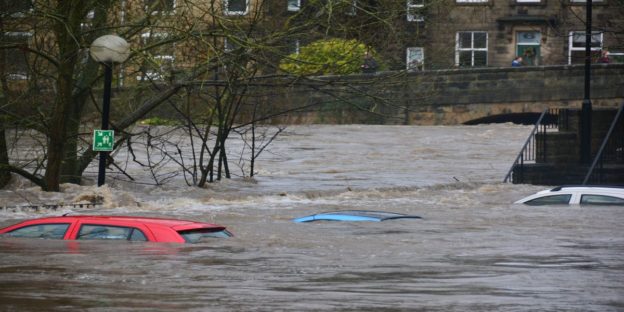Every year, thousands of vehicles are damaged in floods. Some of them are expected to be sold on the used car market, putting consumers at risk. Floodwater damage can lead to safety risks because parts in the engine, transmission and drive train become damaged. This means that they won’t work properly, making cars unreliable and unsafe on the road.
Fortunately, there are ways to look for flood damage in a repossession or used vehicle. Below we’ll teach you how to spot the signs of floodwater damage and how to keep you and your passengers safe.
Ask about the Vehicle’s History
The first thing you can do is ask about the history of the vehicle. A dealer can verify that there is no damage, as they must report the car’s condition back to the consumer accurately. However, in the case of repossessions, there may be no way to tell where the vehicle came from. Lenders and banks often have no history on repossessions, which means you’ll have to do some more investigating.
Check the VIN
Always check the VIN before buying a used car. There are a number of sites you can use, such as the National Insurance Crime Bureau’s VinCheck or Experian’s Auto Check. These reports provide a detailed history report. You can find out if flood damage was reported or the vehicle was given a salvage title. Additionally, pay attention to where the vehicle was from. Were there recent hurricanes or storms in the area?
Inspect the Interior
The next step is to check the interior of the vehicle. Responsible sellers will allow you to do this before placing a bid on the repo. Here is what we recommend paying attention to:
- Damp, musty odors
- Dirt buildup in unusual places
- Sludge or debris in unusual places
- Excessive use of deodorizers
- Unusual aesthetic upgrades, like brand new interior fabric
- Rusted or corroded electrical wiring
Look at the Exterior
It’s normal for repossessions to have some exterior damage, especially as many sit outside for extended periods of time. But, there are a few things to pay attention to. First, look for moisture beads or fog in the light fixtures. This is hard to remove, so a car with water damage will often have foggy lights.
Second, check for signs of rust. Corrosion is not common in vehicles that are new or owned in warmer climates. Lastly, there are rubber drain plugs located under the vehicle and doors. If they look like they were messed with, it’s possible they were used to drain water.
Conclusion
Make sure to always bring a trusted expert with you when inspecting the repo. There are many great cars out there, and you want to be sure that you walk away with one. To browse repossessions in your area, visit RepoFinder.com today.

